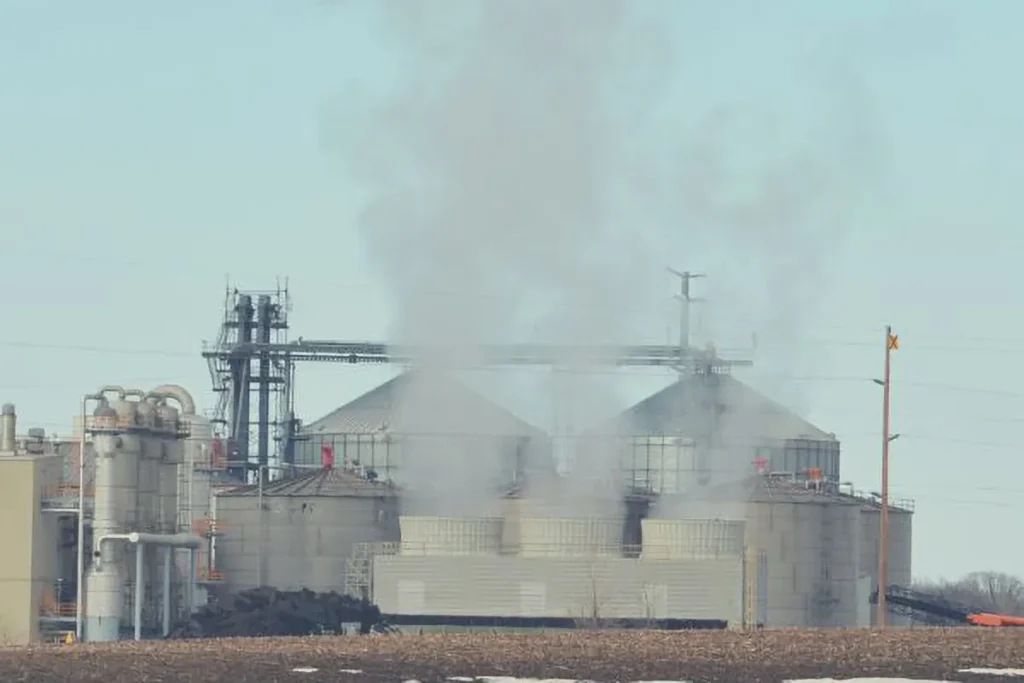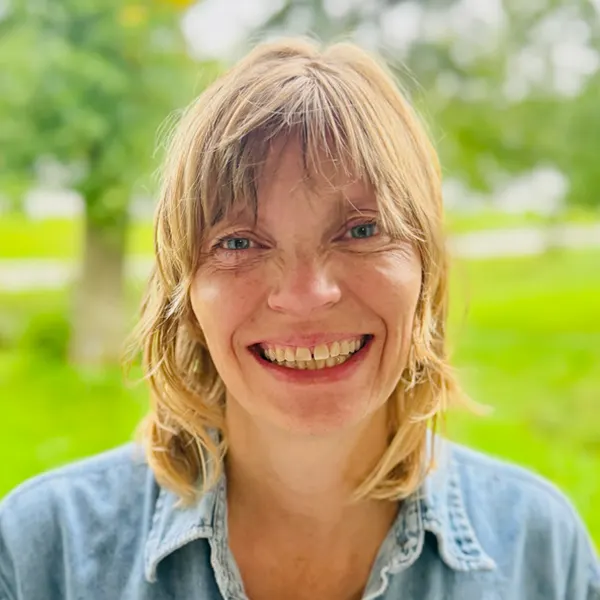In mid-September, Iowa-based Summit Carbon Solutions (Summit) submitted its first route permit application to the Minnesota Public Utilities Commission (PUC) for the Otter Tail and Wilkin Counties section of its proposed Midwest Carbon Express CO2 pipeline network in Minnesota. This leg of the project is 28.1 miles, a small fraction of the more than 212 miles of highly pressurized hazardous liquid CO2 pipeline proposed for Minnesota. The PUC ruled in June that they have jurisdiction over the siting of CO2 pipelines.

Submitting a permit application to the PUC is one of many steps Summit needs to take before they can begin the construction of any CO2 pipelines in Minnesota, including gaining approval from various local, State, and Federal regulatory agencies. This process must also include a thorough analysis of the many health, safety, environmental, and economic impacts of these novel pipelines, none of which have previously been built in Minnesota.
“This is precisely what the citizen petition for environmental review that CURE submitted in November 2021 was meant to do—ensure that the potential environmental and social impacts of the pipeline across its entire Minnesota footprint are considered,” said Sarah Mooradian, Policy Director for CURE. “The Minnesota Environmental Protection Act (MEPA) assures that the PUC will consider the cumulative effects of the entire project, not just the effects of Summit’s artificially created project segments.”
Summit’s proposed CO2 pipeline network will cut through Chippewa, Cottonwood, Jackson, Kandiyohi, Martin, Otter Tail, Redwood, Renville, Wilkin, and Yellow Medicine Counties. Key landowners along the pipeline route have stated they will not sign easements for this project, and Minnesota does not currently have eminent domain for CO2 pipeline projects.
Landowners and other community members have expressed concerns about the safety and negative impacts of CO2 pipelines as well as skepticism about the company’s claims that they will be a boon to rural communities.
“It’s not about farmers or ‘corn,’” said Allen Bries, a landowner near Fergus Falls. “It puts my family and Fergus Falls residents at risk of unseen and undetected hazardous contamination in the event the CO2 pipeline fails. It will also devalue our land. I said NO to an easement.”
Carol Kopel owns farmland near Lamberton, and she shares the concerns of many landowners.
“The damage that will occur to the farmland, damage to the tiling, damage to the county tiles. They want us to believe the land will be restored to its previous condition, but it will take many years for that to happen, if ever.” Kopel said. She continued, “Equally important are the safety issues. No project of this magnitude has ever been done, and it is of concern to me that there are too many unknowns.”

The concern held by CURE and other community-based organizations throughout the Midwest is that the safety, well-being, and rights of the people and communities these projects will directly impact are being sidelined.
“These companies are racing to put pipelines in the ground to take advantage of lucrative federal subsidies. But the ability of private corporations to make a profit is not a sound basis for deciding whether we need these large-scale, disruptive, and dangerous pipelines,” stated Maggie Schuppert, Campaigns Director for CURE. “All Minnesotans—but especially those on the frontlines of these risky projects—need to be at the decision-making table.”
PUC Docket Number: 22-422
For more information about these CO2 pipeline projects go to carbonpipelinesmn.org.
CURE is a rural-based democracy organization with offices in Montevideo, Minnesota. Our work strives to build grassroots community power to address the linkages between environmental challenges, societal inequities, and other systemic challenges facing our communities.


